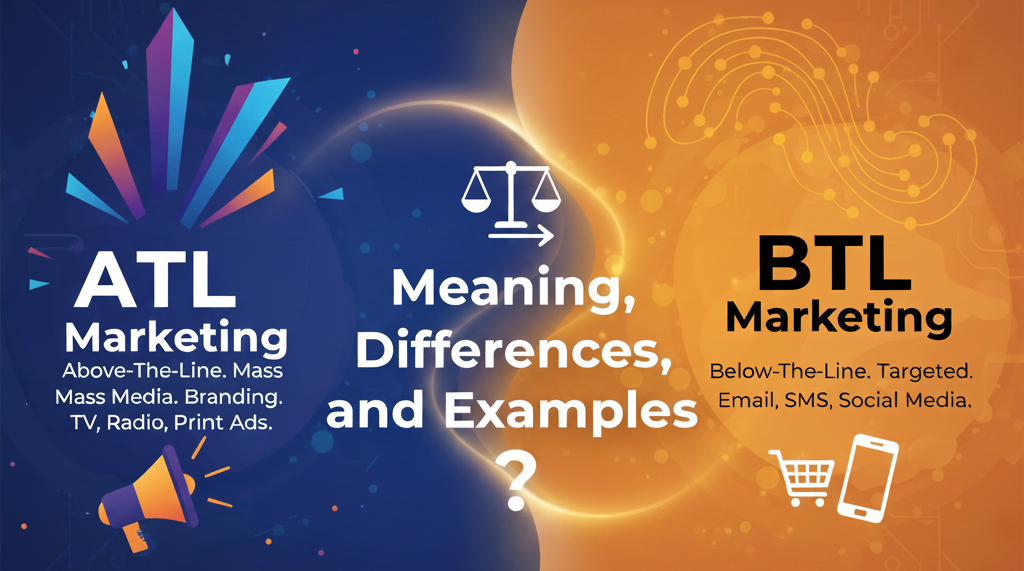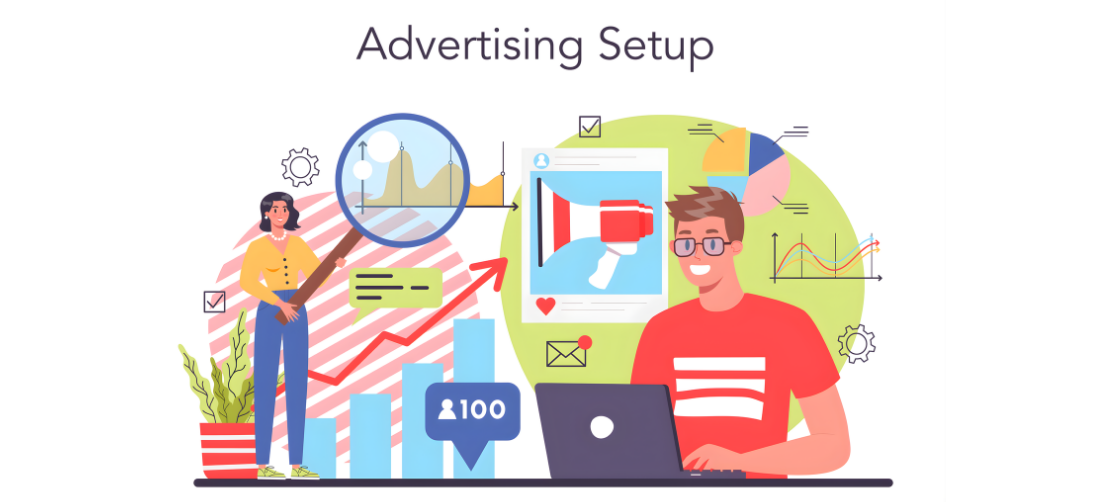Blogs
Want insights on the latest trends? Then you are at the right place. Branding, Marketing, Advertising, we have got it all. Browse any category you like and get multiple blogs for a better understanding.
Best Business Newspaper in India for Stock Market and Finance News
India’s leading business newspaper delivering trusted stock market insights and comprehensive finance news.
Pharmaceutical Sector Advertising in 2024: Trends, Insights & Regional Dominance
Discover 2024 pharma advertising trends across TV, print, radio & digital. Get actionable insights & smart media strategies. Plan with Excellent Publicity today!
Personal Care Advertising in 2024: Trends, Insights & Regional Dominance
See 2024 shifts across TV, Print, Radio & Digital—plus regional leaders and 2025 media mixes. Get templates on Excellent Publicity!
India’s Real Estate Advertising in 2024: A Cross‑Media Deep Dive (TV, Print, Radio, Digital)
Discover 2024’s real estate ad trends across TV, Print, Radio & Digital with strategies for 2025 media plans. Get the full playbook on Excellent Publicity!
Choosing the Right Locations for Outdoor Advertising: Maximizing Visibility and Reach
Learn how to select the best locations for outdoor advertising to maximize visibility, reach your target audience effectively, and boost your brand’s impact.
Tips To Choose The Right Corporate Gift For A Client
Discover practical tips to select the perfect corporate gift for your clients that strengthens relationships, enhances goodwill, and leaves a lasting impression.
Digital Out-of-Home Advertising: How Brands Are Using DOOH to Boost ROI in 2025
Digital Out-of-Home (DOOH) advertising is rapidly transforming brand visibility in 2025. This guide explores how brands are leveraging dynamic digital screens, real-time targeting, and immersive creatives to improve engagement and achieve stronger ROI across various marketing campaigns.
Top 10 Advertising Agencies in Pune
Looking for the best advertising agencies in Pune? This guide covers the top 10 agencies known for branding, marketing, digital ads, and creative services. Find the right agency that fits your business goals, budget, and campaign needs.
Top 10 List of Radio Stations in Ahmedabad
Looking for the best FM stations in Ahmedabad? Here’s a quick guide to the top 10 radio stations, their frequencies, music formats, and why they’re popular.
What is Audio Advertising? Top 7 Audio Advertising Apps
Audio advertising is growing fast, helping brands connect with listeners on music apps, podcasts, and online radio. This guide explains the basics of audio ads and highlights the best 7 apps to start your campaigns in 2025.












